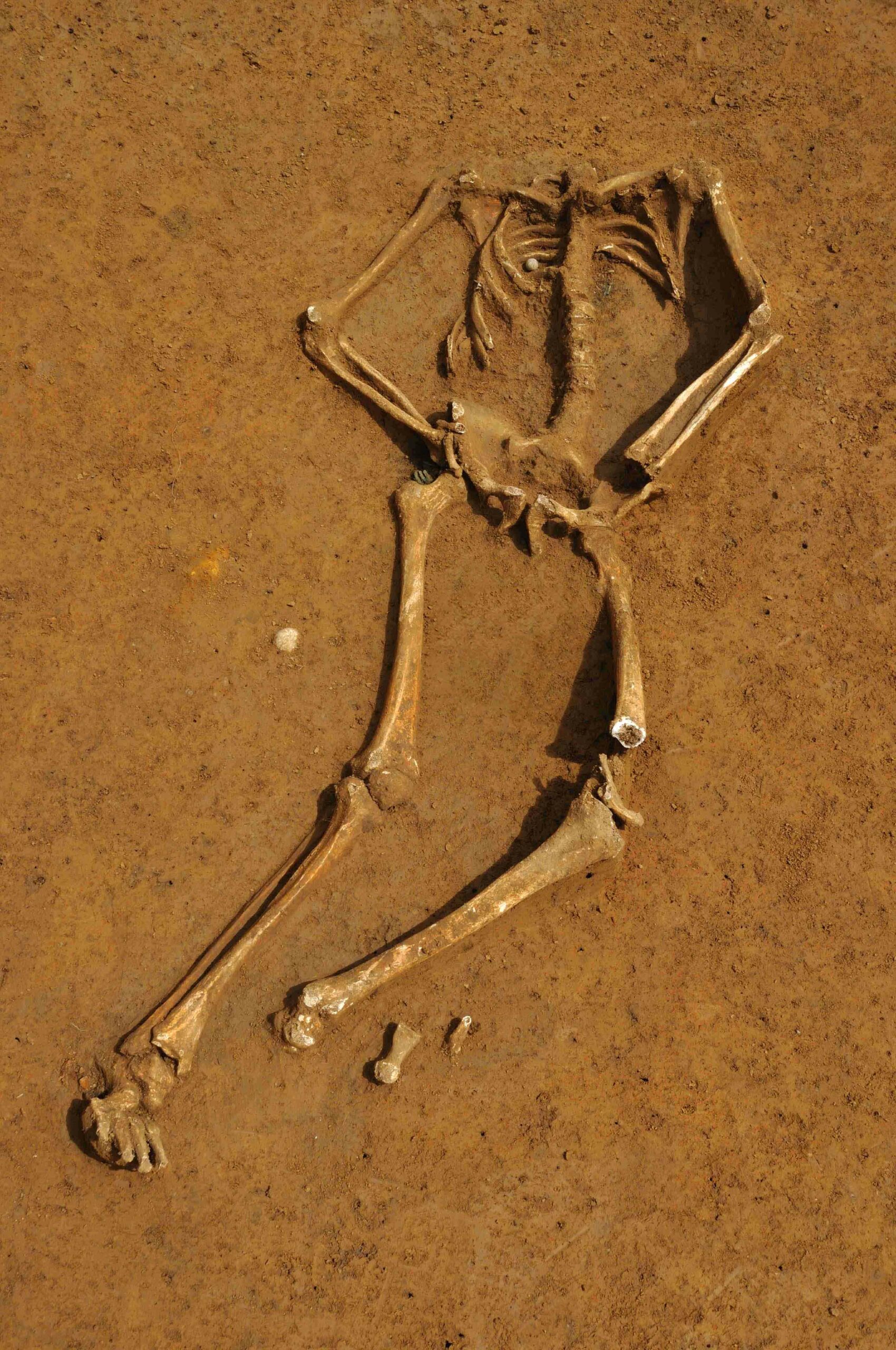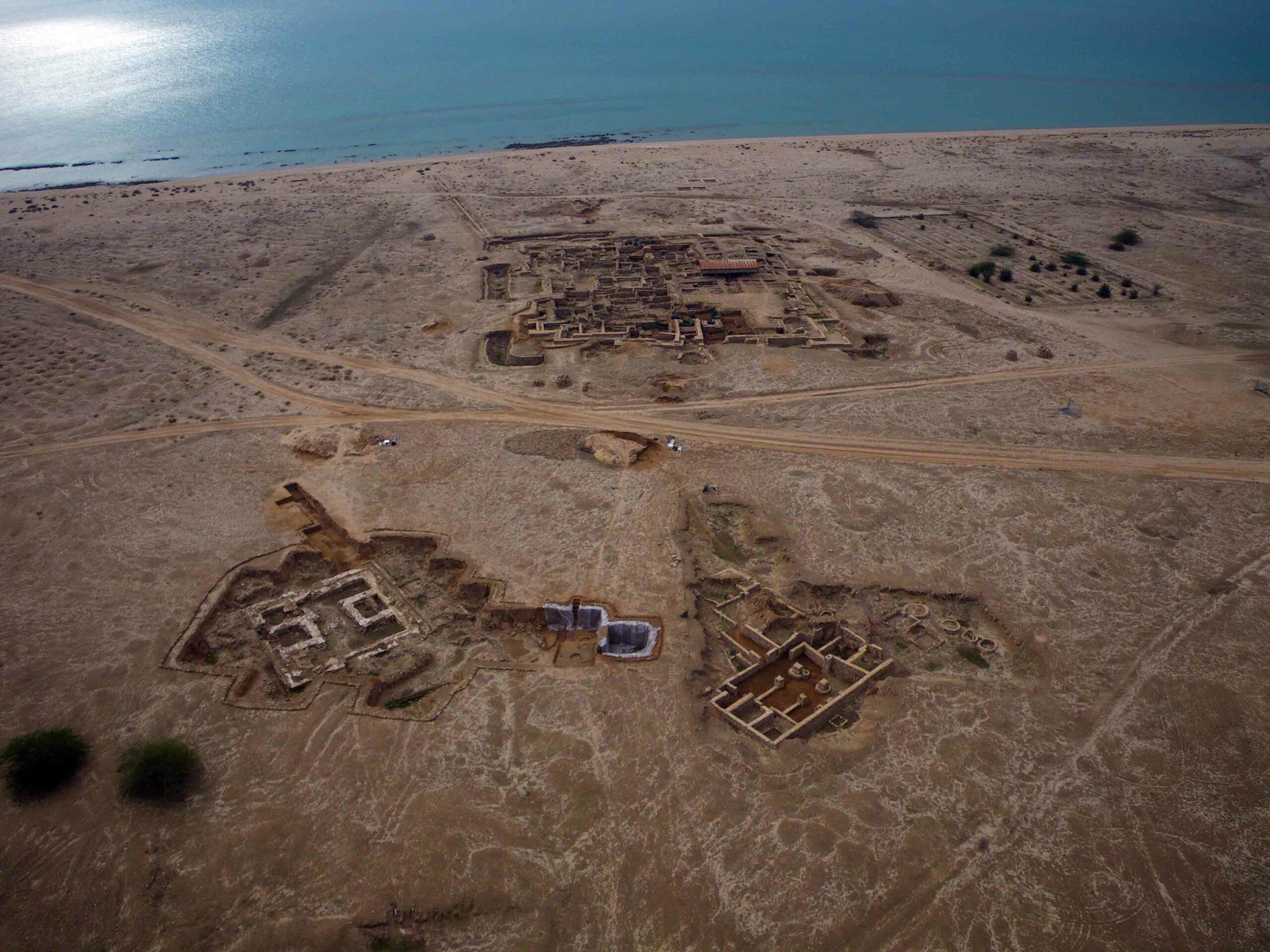CAMBRIDGE, MASSACHUSETTS—By measuring the ratios of barium to calcium in the layers of enamel and dentin in baby teeth, Manish Arora of Harvard University’s School of Public Health says that it is possible to determine how long a child had been breast fed. Before birth, very little barium is deposited into the developing teeth. The barium level spikes and stays high after birth when breast milk becomes the source of nutrition. When solid food is introduced, the levels change again. To test the technique, Arora analyzed a 100,000-year-old Neanderthal baby tooth from Belgium. He estimates that the child was breast fed exclusively until seven months of age, when its diet was supplemented with solid food, and that weaning occurred at 14 months of age. Breast feeding is “a major determinate of child health and immune protection, so breast-feeding is important both from the point of view of studying our evolution as well as studying health in modern humans,” he explained.
Elements in Baby Teeth Reveal Breast-Feeding History
News May 23, 2013
Recommended Articles
Off the Grid January/February 2026
Prophetstown, Indiana

Letter from France January/February 2026
Neolithic Cultural Revolution
How farmers came together to build Europe’s most grandiose funerary monuments some 7,000 years ago

Features January/February 2026
The Cost of Doing Business
Piecing together the Roman empire’s longest known inscription—a peculiarly precise inventory of prices

Features January/February 2026
The Birds of Amarna
An Egyptian princess seeks sanctuary in her private palace

-
Features March/April 2013
Pirates of the Original Panama Canal
Searching for the remains of Captain Henry Morgan's raid on Panama City
 (Courtesy Captain Morgan Rum Co.)
(Courtesy Captain Morgan Rum Co.) -
Features March/April 2013
A Soldier's Story
The battle that changed European history, told through the lens of a young man’s remains
 (Courtesy Dominique Bosquet)
(Courtesy Dominique Bosquet) -
Letter From Cambodia March/April 2013
The Battle Over Preah Vihear
A territorial dispute involving a 1,100-year-old Khmer temple on the Thai-Cambodian border turns violent
 (Masuru Goto)
(Masuru Goto) -
Artifacts March/April 2013
Pottery Cooking Balls
Scientific analyses and experimental ARCHAEOLOGY determine that mysterious, 1,000-year-old balls of clay found at Yucatán site were used in cooking
 (Courtesy Bolonchen Regional Archaeological Project)
(Courtesy Bolonchen Regional Archaeological Project)


